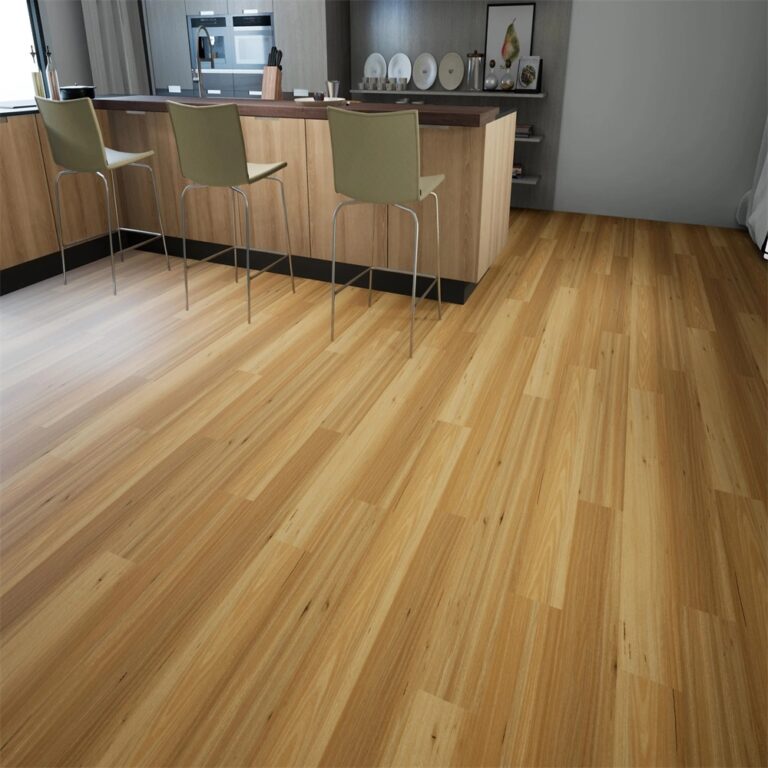When it comes to creating a cozy and comfortable home, incorporating heated floors can make a significant difference. Imagine stepping out of bed in the morning and feeling the warmth radiate through your feet, or walking barefoot across the floor during the cold winter months without shivering. Heated floors provide the ultimate comfort and luxury, transforming your living space into a haven of warmth and relaxation.
The Benefits of Heated Floors
Heated floors offer numerous benefits that go beyond just keeping your feet warm. Here are some of the key advantages:
- Efficient Heating: Unlike traditional heating systems that rely on forced air, heated floors provide even and consistent warmth throughout the room. This eliminates cold spots and drafts, ensuring a comfortable environment.
- Energy Savings: Heated floors use low voltage electric cables or water-based systems to generate heat. These systems are energy-efficient, resulting in lower heating bills compared to conventional heating methods.
- Improved Air Quality: Since heated floors do not rely on blowing air, they don’t circulate dust, allergens, or other particles in the same way as forced-air systems. This can significantly improve the air quality in your home and reduce allergies and respiratory issues.
- No More Cold Feet: Say goodbye to chilly toes! Heated floors provide a constant source of warmth, making it a delight to walk on, especially on cold mornings or after a long day.
- Design Flexibility: Heated floors can be installed under a variety of flooring options, such as tiles, hardwood, laminate, or even carpet. This gives you the freedom to choose the style and design that best suits your taste.
Types of Heated Floors
There are two primary types of heated floors: electric radiant heating and hydronic heating.
Electric Radiant Heating: This type of heated flooring system uses electric cables or mats installed directly beneath the flooring surface. The electric cables generate heat when an electric current passes through them. Electric radiant heating is relatively easy to install and is suitable for both new constructions and renovations.
Hydronic Heating: Hydronic heating systems use a network of water pipes installed beneath the floor. These pipes are connected to a boiler or hot water heater that circulates warm water through the pipes, heating the floor. Hydronic heating systems are highly efficient and provide consistent heat distribution. However, they require professional installation and are more commonly used in new construction projects.
Installation and Maintenance
Installing heated floors typically involves professional assistance to ensure proper setup and functionality. However, the long-term benefits are worth the investment. Regular maintenance is minimal, with most systems requiring only occasional inspections to ensure they are operating efficiently.
It’s important to follow the manufacturer’s guidelines and recommendations for temperature settings and usage. Additionally, using a thermostat with programmable settings can help optimize energy usage and provide customized heating schedules for different times of the day.
Incorporating heated floors into your home can enhance the overall comfort and ambiance of your living space. With their energy-efficient and consistent heating capabilities, heated floors offer numerous benefits that go beyond just keeping your feet warm. Whether you choose electric radiant heating or hydronic heating, the result is a cozy and luxurious environment that you can enjoy throughout the year.











